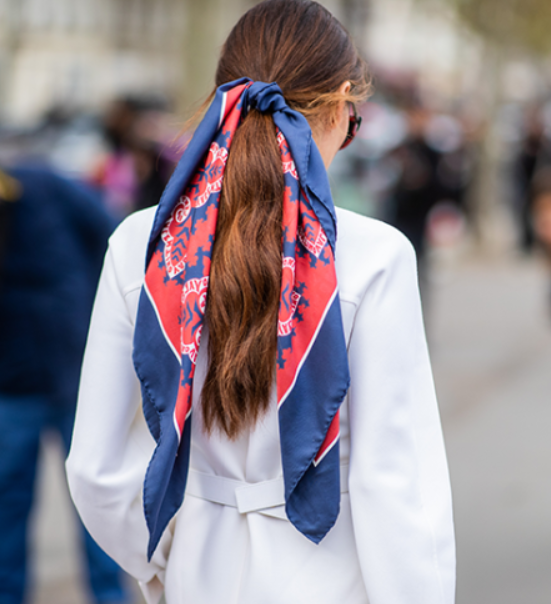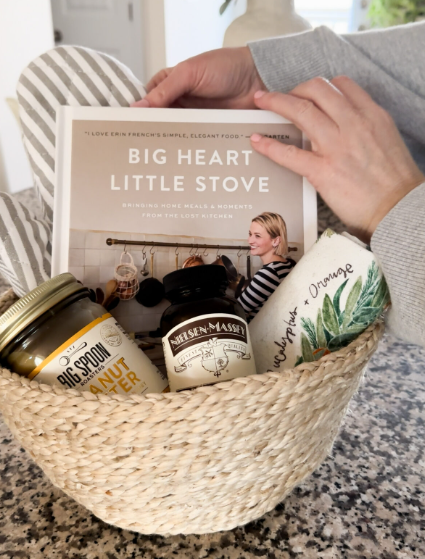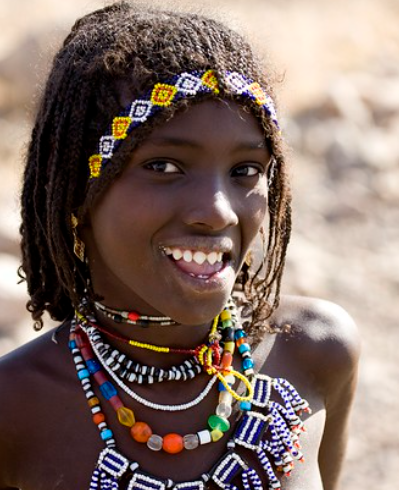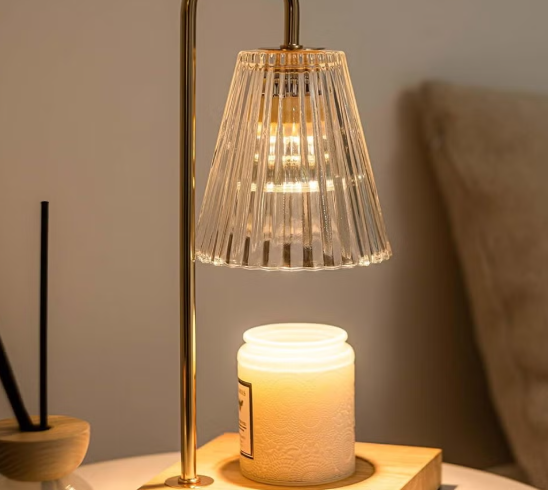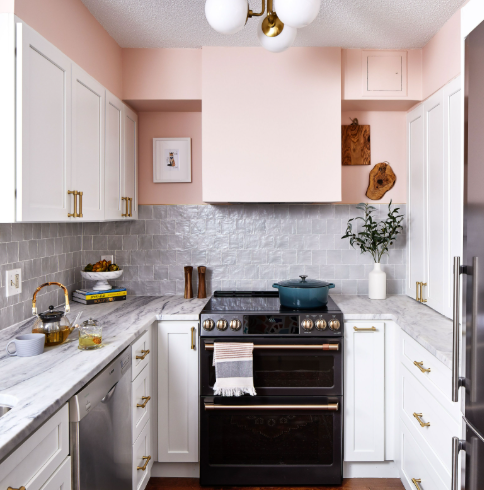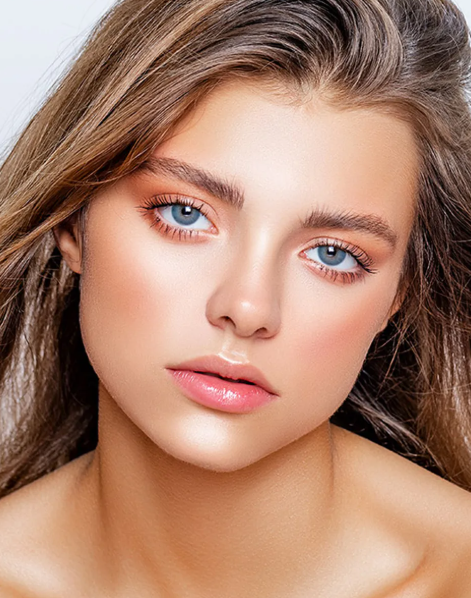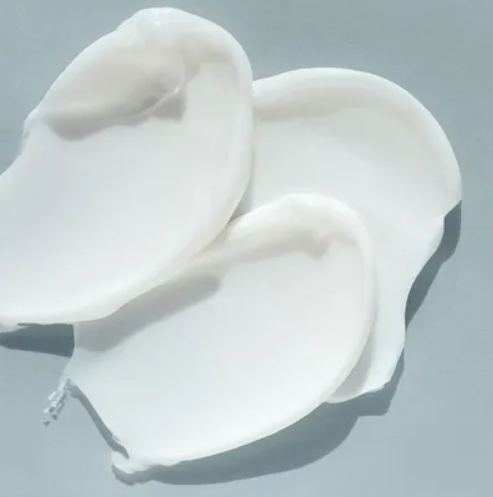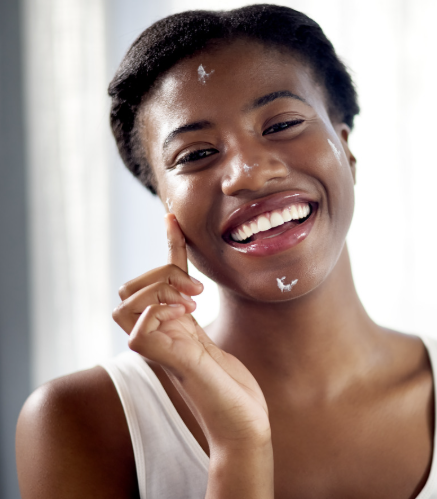Beauty means something different in every corner of the world. What’s celebrated in one country may raise eyebrows in another, reminding us that there’s no universal definition of attractiveness. Exploring global beauty rituals reveals a fascinating truth: standards vary wildly, and often in ways that challenge conventional thinking. Here’s a look at seven unconventional beauty customs from across the globe that highlight just how diverse and subjective the idea of beauty really is.
1. Embracing Imperfection: Crooked Teeth in Japan
While many people in Western cultures spend time and money perfecting their smiles, the trend in Japan tells a different story. There, some women seek a look known as “yaeba,” or double tooth, where the canine teeth are intentionally made to protrude. The effect gives off a youthful, imperfect charm that’s perceived as cute and approachable. It’s a deliberate departure from the polished, uniform smiles typically desired elsewhere.
2. Rings of Elegance: The Elongated Necks of the Kayan Tribe
In parts of Thailand and Myanmar, the women of the Kayan tribe wear brass coils around their necks as a symbol of beauty and tradition. Starting from childhood, additional rings are added over the years. Contrary to what it might seem, the neck doesn’t actually stretch—rather, the weight of the rings compresses the collarbone, giving the appearance of a longer neck. The look is deeply rooted in cultural heritage and identity.
3. Inked Identity: Ta-Moko Tattoos of the Maori
Among the Maori people of New Zealand, body art is more than just decoration. Ta-Moko, their distinctive tattooing practice, involves carving intricate designs into the skin, especially on the face. Women commonly have these designs on their chins and lips. These marks aren’t just for show—they represent genealogy, status, and personal history, blending beauty with cultural pride.
4. Ear Stretching: Symbols of Wisdom in Maasai Culture
In Maasai communities in Kenya, elongated earlobes are considered a sign of elegance and intelligence. The tradition is practiced by both men and women, who gradually increase the size of their earlobe piercings over time. The longer the lobe, the greater the sign of experience and maturity. While many cultures pursue symmetry or subtlety in ear adornment, the Maasai embrace bold transformation.
5. Surgical Status: Nose Jobs in Iran
Cosmetic surgery has taken on a unique social role in Iran, where rhinoplasty is incredibly popular, especially among young women. It’s not just about reshaping the nose—it’s about visibility. Many wear their bandages long after recovery as a sign of having undergone the procedure, turning the bandage itself into a symbol of fashion and status. In this case, the evidence of the enhancement becomes part of the aesthetic appeal.
6. Sharpened Smiles: Teeth Filing in Mentawai Culture
On the Indonesian island of Sumatra, the Mentawai people associate beauty with sharp teeth. Women undergo a traditional filing process to achieve a jagged, fang-like look. Though the procedure is painful, it is seen as a rite of passage and a way to attract partners. The sharp teeth signify strength and allure, standing in stark contrast to the straight, white smiles prized in many Western cultures.
7. Flaming Ends: Hair Burning in Brazil
In Brazil, a hair treatment known as velaterapia—or candle cutting—gained attention for its unusual approach to split ends. The technique involves twisting sections of hair and running a flame along the strands to burn away damaged tips. Afterward, a conditioning mask is applied to nourish the hair. While it might sound risky, advocates claim it helps products penetrate better and leaves hair smoother and healthier.
These striking beauty traditions serve as a reminder that standards are fluid and culturally shaped. What’s considered flawless in one society may be seen as odd in another. Ultimately, beauty isn’t about fitting a universal mold—it’s about embracing what makes us unique and celebrating the rituals that connect us to our communities.

